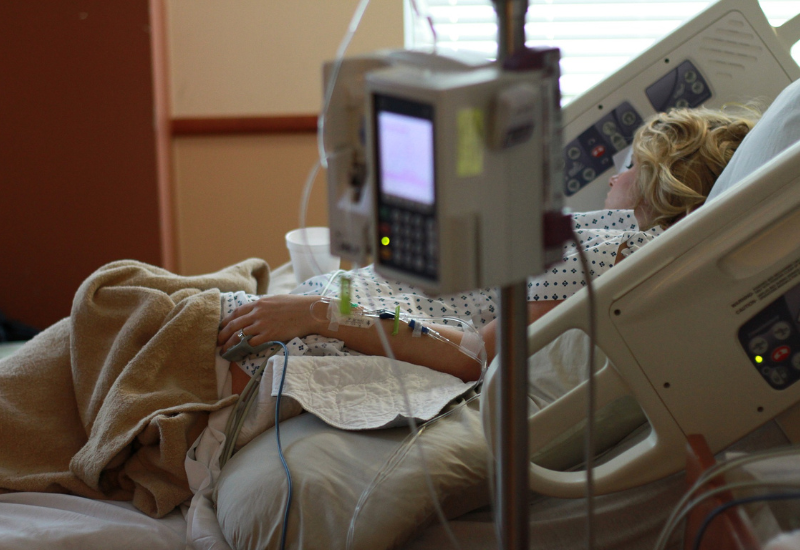03 Oct
It is the idea that using one intervention can lead to the need for more interventions
Once the natural birthing process is interrupted, this then increases the risk of further interventions
Here is a real life example of this in practice:
- The birthing mother has been labouring in hospital for many hours, and a midwife advise the doctors are ‘at the door and would like to know how she is progressing’. They advise its her choice, but there is pressure. She accepts and is 4cm. Surges cease.
- After a rest, she works to increase her oxytocin, surges begin again. She labours for another 4 hours, and then the midwife advises another vaginal examination. She reluctantly accepts, she is 6 cm. This is mentally very tough, and she begins considering pain relief.
- Another hour later she decides to ask for an epidural. This is inserted shortly thereafter, as well as synotocinon (synthetic oxytocin) to speed up labour, an IV to increase fluids and antibiotics as her membranes released over 12 hours ago.
- The Mum knows it’s best not to be on her back, so she requests to be no her side. They try several position changes, but baby’s heart rate drops each time.
- An hour later the labouring mother and her partner decide an emergency caesarean is safest for the baby.
The first intervention is the first domino to fall! Feeling informed about the risk and benefits of each and every intervention alleviates the possibility of feeling decision regret later on, regardless of how your birthing journey plays out.
*TIP IF YOU ARE CHOOSING TO DECLINE AN INTERVENTION*
Once you’ve made the informed decision to decline, let you care team know in a way that avoids further discussion. Something like ‘thank you so much for all the information you’ve provided, we really appreciate this. We would like to continue with our birthing preferences for now’.
No justifying your decision, just a no.
Simone x


